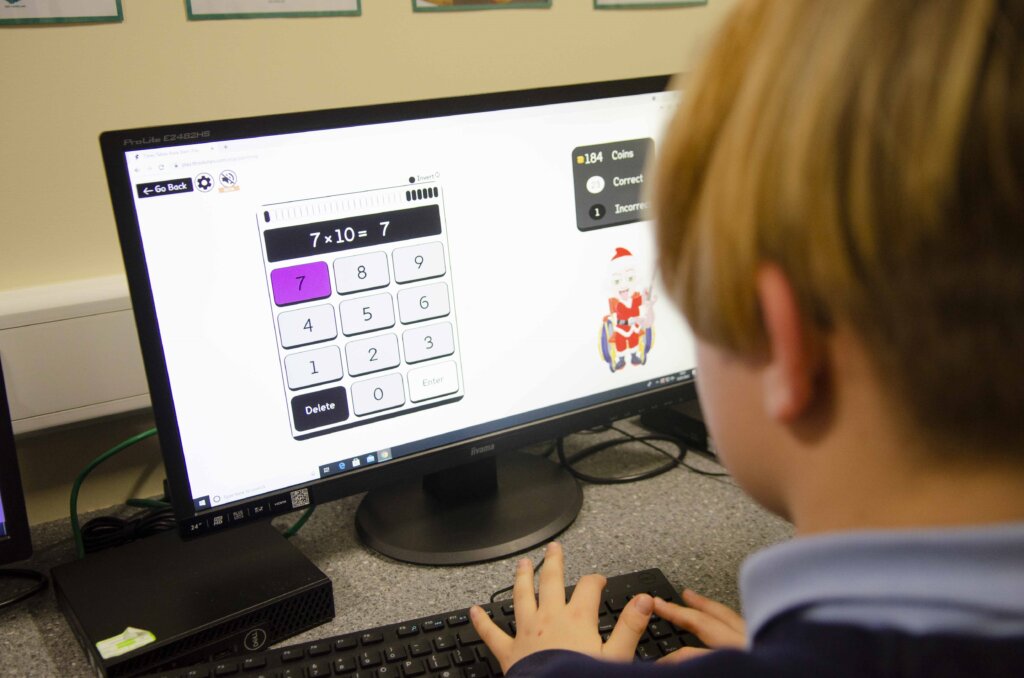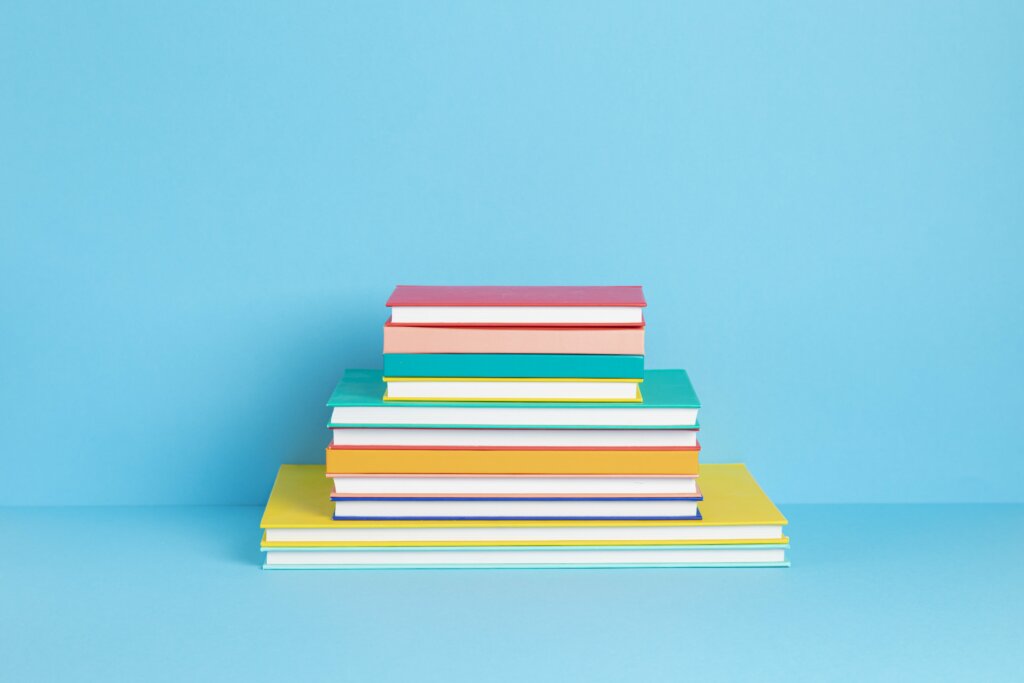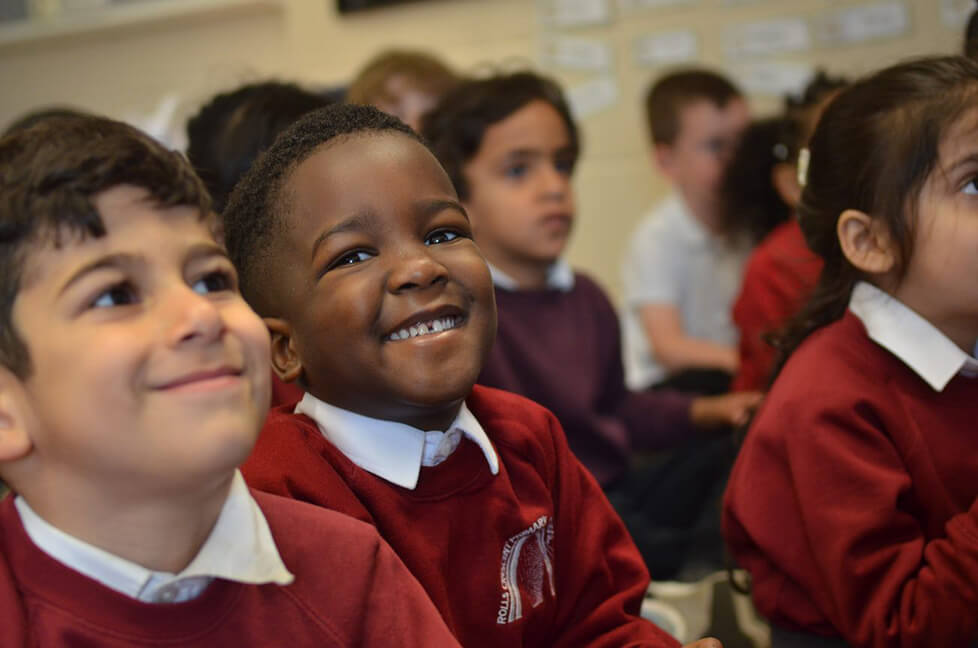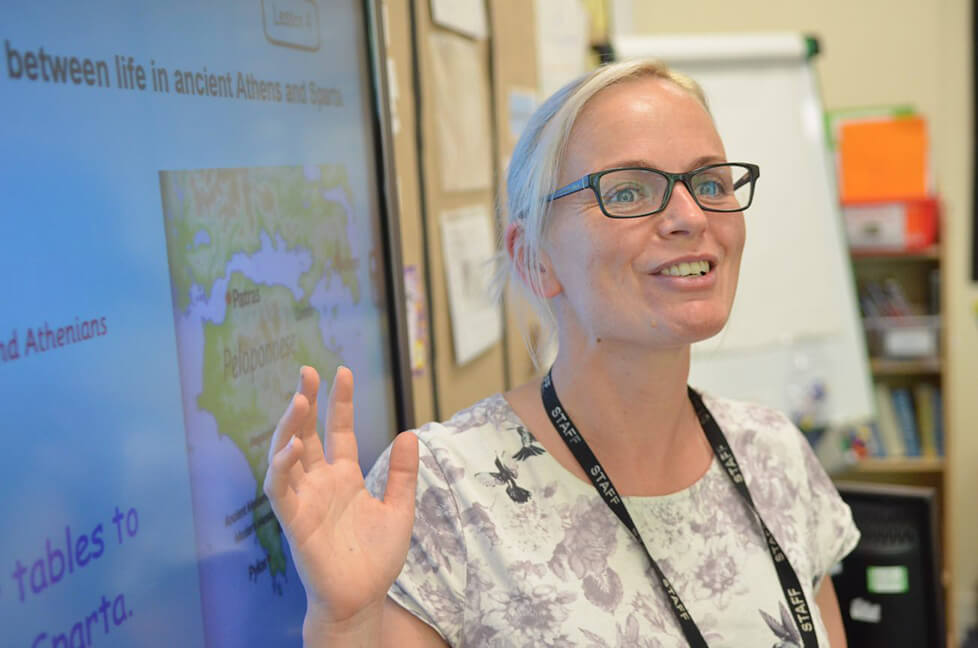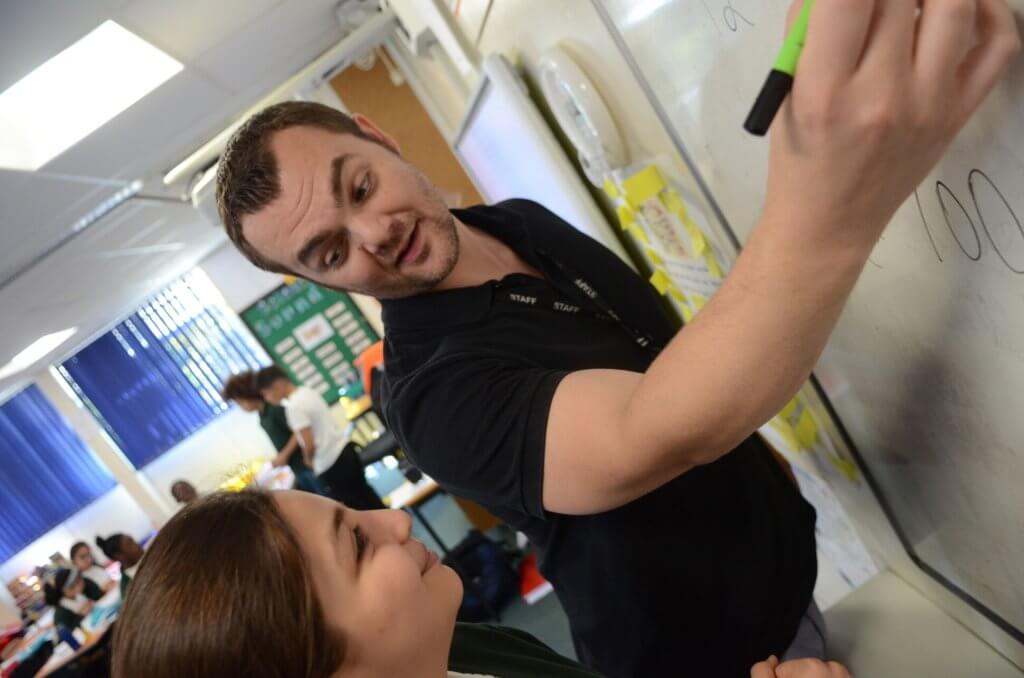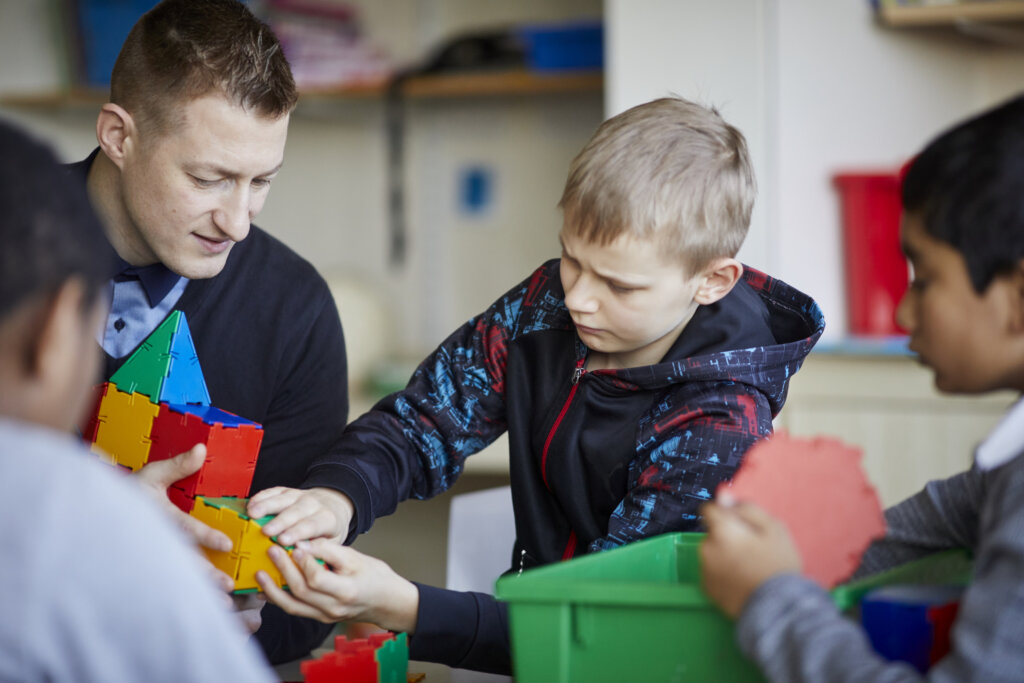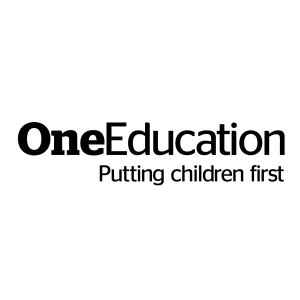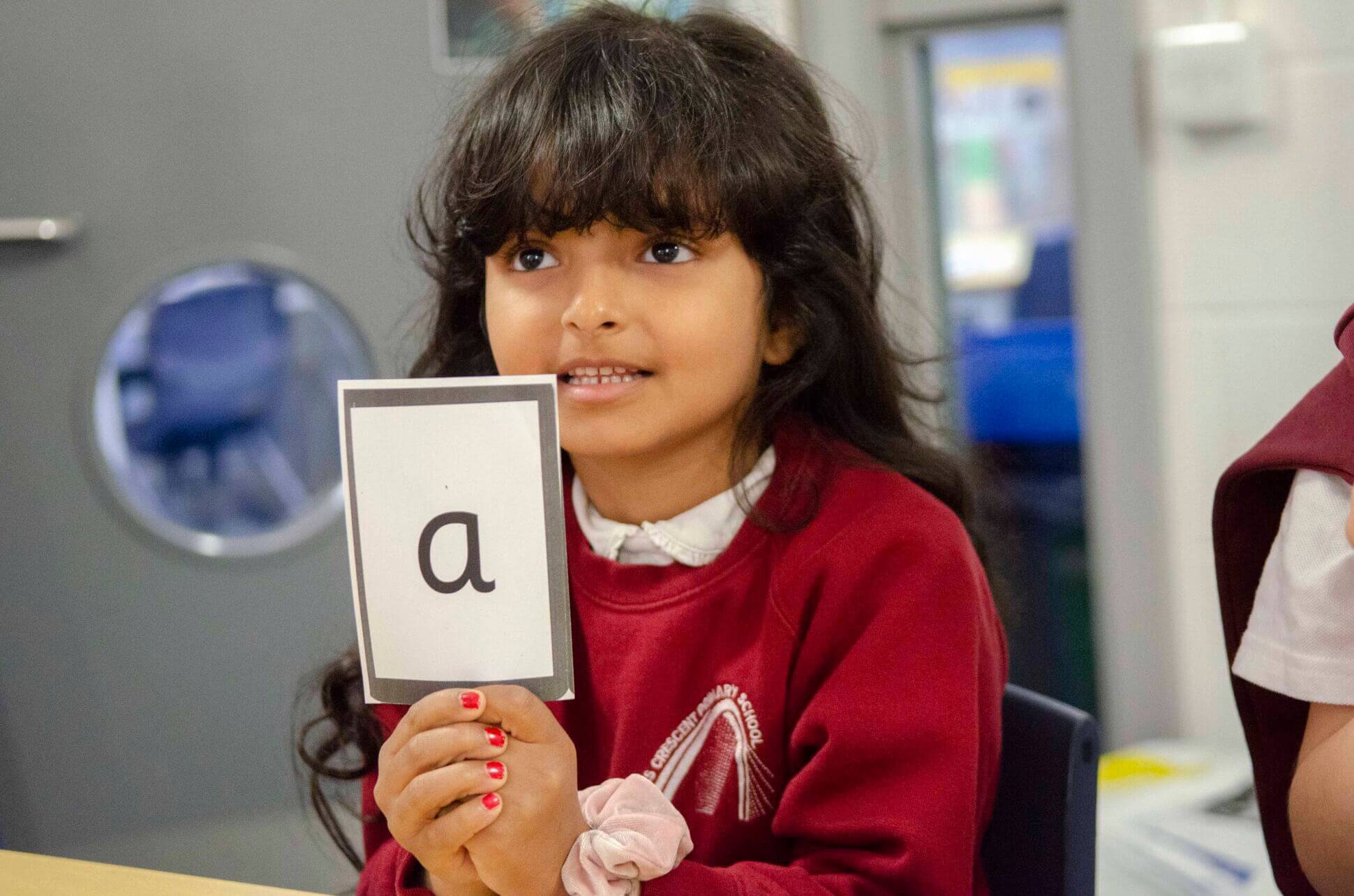Transitioning between one setting and another can lead to a range of emotions, from excitement to anxiety. It might be that your child is going to playgroup for the first time, or maybe your child is changing classes or schools. You might be moving house or your child might be changing bedrooms within your home. Transitions are experienced differently by everyone.
Moving between one activity and another (transition) may be a challenge or trigger sensory changes for your child. Your child may not understand why something has to change or they may not want something to change, for example, transitioning from play time to lunch time or from bath time to bed time. It’s important therefore to ensure that transitions are clear, consistent and manageable for your child.
Communication passports:
A communication passport is a personalised ‘all about me’ document relating to your child. It may include your child’s likes and dislikes, their strengths and areas of support needs, their communication needs, their key support network and information about their diagnosis. The communication passport is a person centered approach, to allowing key information to be passed between the child and others, either during a transition or at any point of their life. This approach allows children to communicate more effectively and have their needs met. A communication passport needs to be accessible, so the format varies from person to person. Some children may have a written book about themselves whereas others may use their iPad or communication device. Regardless of the format, the passport should be written from the child’s viewpoint and be in the most accessible format for them. A communication passport may include pictures, photographs, videos and anecdotes from their past. A passport should be created by those people who know the child best.
Social stories:
Social stories, by Carol Gray (1991) were originally designed to support children with Autism Spectrum Condition, however they have proven to be a successful strategy for all children who require support around social situations, such as when transitioning. Social stories are short descriptions of social situations and include what to expect, why something may happen and how to deal with a given situation. Your child may already benefit from social stories about topics such as personal space, dealing with change, understanding how others feel or for self- care skills, such as getting dressed.
Your child’s speech and language therapist will be able to give guidance around creating social stories for your child. A social story will provide a structured message for your child and in turn will aid their understanding. Social stories follow an order and therefore will help your child to comprehend what will happen next in a given situation. Social stories should be personal to your child and will include pictures and concise information.
Due to the current climate of COVID 19, your child may have heightened anxiety about their return to nursery or school, or may be starting somewhere new for the first time. Carol Gray, the founder of social stories has a website, www.carolgraysocialstories.com which currently has social stories around the pandemic, such as the need for ‘hand washing’.
Preparing for a transition:
Your child may benefit from specific and personalised information regarding their place of transition, using photographs, videos and visits to their place of transition. For example, your child may feel more at ease knowing who they will see (staff photographs), where they are going (pictures or a virtual tour of the setting) and what they will be doing when they get there (visual timetable). You may wish to speak with people at your child’s new setting, prior to their start date, so that these strategies can be put in place.
Your child may want to ask lots of questions and therefore using mind mapping with your child before they visit / move to their new setting, will be beneficial on providing feedback to the new place of transition. Your child may also benefit from a social story addressing their anxieties, such as ‘my first day’ or ‘asking for help’.
A communication passport that provides an holistic view of your child, will be helpful to a new settings and will allow your child to feel at ease as the new core team will have a good understanding of their needs. You may be able to go with your child to the new setting, meet the core team and see how your child manages. Visiting opportunities with gradually decreasing support, will allow for increased independence and confidence for your child. A core team meeting including key professionals who will be supporting your child, such as a speech therapist, physiotherapist, parents and nursery teacher, will allow for a more smooth transition. Clear communication between all parties is key to a successful transition.
Visual support:
The majority of children benefit from visual support systems to make sense of a situation and to support their communication skills. A visual timetable, Now and Next boards, use of sign accompanied by speech and sequencing charts will support your child’s understanding of transition.
Visuals enhance a child’s ability to comprehend a situation.
Transitional objects and places:
Visual supports may be tactile (touch), such as using an actual object of reference. During a transitional period, a child may benefit from seeing an object that signifies that transition clearly. For example, a child may associate a ‘rubber duck’ with knowing it is ‘bath time’. Visuals can also be in the form of a picture, photograph, written word or symbol. Your child may benefit from a sand timer to signify the end of an activity and therefore the signal that there is a transition to the next activity.
If your child benefits from positive sensory feedback (calming feelings) from a physical source, such as, using putty, wearing a weighted jacket or bouncing on a trampoline then this may be a useful strategy to help your child transition from one activity to another. For example, your child may have a visual strip of 3 pictures symbolising, TV time, bounce time (sensory input), bath time (transitional destination). Your child may benefit from the input of an occupational therapist who will be able to provide guidance around sensory regulation.
Processing time:
Speech is better understood when language is simple, clear and repeated often. You do not have to use a complete sentence. Your child may misinterpret long pieces of information. It is important to check they have understood what has been said to them. Visual timetables and multi-sensory signing by staff will support your child’s environment and their transition. Information presented in small chunks with time to process information and using repetition is recommended. Tasks around transition can be broken down into chunks and your child can be given opportunities to practice tasks and then transfer them to different situations. For example, your child may need support getting themselves ready for play time. Try to encourage opportunities where your child has time to process and practice changes.
Encourage opportunities for making choices where you can:
Your child may feel out of control during a period of transition. If possible, try to encourage choice making throughout the transition period. For example, your child may be able to choose from given forced alternatives (concrete options). Instead of making a decision for them, for example, what they want for lunch, ask, do they want a cheese or ham sandwich. If your child is reluctant to transition from one activity to another, the presenting them with two desirable alternatives may give your child some sense of autonomy and control. Your child may be reluctant to put their shoes on to go outside, however a choice between ‘boots’ or ‘trainers’ may ease the transition.
TEACCH approach:
Physical structure can be used in everyday environments so that your child knows what to expect. For children with ASC in particular, a physical structure makes the environment more predictable and will reduce anxiety and distractions. Your child may benefit from an activity zone where they carry out particular activities such as having a snack or play. These settings / zones are usually a clear and concrete place which signifies a transition to a new activity.
Visual timetables, used to highlight a transition during the day for example, should run from top to bottom or left to right. A schedule or timetable including movable pieces such as velcro visuals can help to signify a transition. An adult may use the hand over hand method with the child as the symbol is touched and named simultaneously, eg: ‘snack’ as the child touches the snack symbol before commencing snack time. The symbol can then be handed to your child as they commence an activity. When this activity has ended then the visual prompt can be taken away from the timetable, showing ‘snack time’ has finished. An alternative method may be that activities are ticked off as they are completed.
During a transitional period it is key to have structure to alleviate anxieties. The key team around your child will know what structure works best for your child.
Teach transition words:
When talking about change you might use vocabulary that is new to your child, such as, finish, now, next and go. To support your child in successful transition, it is key that they are given the tools to make sense of the vocabulary you use. It will be useful to speak with your child’s speech and language therapist to decipher what method works best for your child. Some examples are, drawing the new word or providing visual support, spelling out the word, sounding out the word, counting the number of syllables, defining the word, finding synonyms (words with the same meaning) and consolidating this knowledge by using the word in different settings. Some children may benefit from mind mapping or generating vocabulary books with adult support. Children with word finding difficulties or language disorders will require frequent repetition and phonological (sound) and semantic (meaning) cues to recall new vocabulary.
Lets talk about our feelings:
Talking about feelings is something that can be challenging for both children and adults. Your child may have lots of questions about a transition and may struggle to express how they are feeling. A child may not be able to recognise or name their emotion and therefore it’s the core teams role to support this. Giving your child visuals and choices will help them to explore their emotions.
Feelings jar: Your child may benefit from drawing how they feel or choosing an emotion from a feelings jar, such as ‘sad face’. This may create a talking point for your child.
Talking mats: Talking Mats is a communication symbols tool that is interactive and visual and includes your child in discussions about a particular setting.
Role play and play: Your child may be better able to project their feelings onto other characters during play. Discussing similar scenarios through toys will alleviate that pressure your child feels directly.
Other resources include emotions boards, zones of regulation, body boards (how does the body feel? – eg: butterflies for nerves), comic strip conversations, The Talkabout tool by Alex Kelly, Ollie and his superpowers by Alison Knowles and Zippys friends.
Helpful links:
- www.twinkl.com – social stories, visuals, comic strip conversations, games.
- www.beyondwords.co.uk – pandemic related resources, such as ‘bad and good days in lockdown’ a story and a discussion resource.
We can help you!
If you would like any SEND or Speech and Language Therapy support, please do not hesitate to contact us on 0161 276 0160 or via our contact form.

